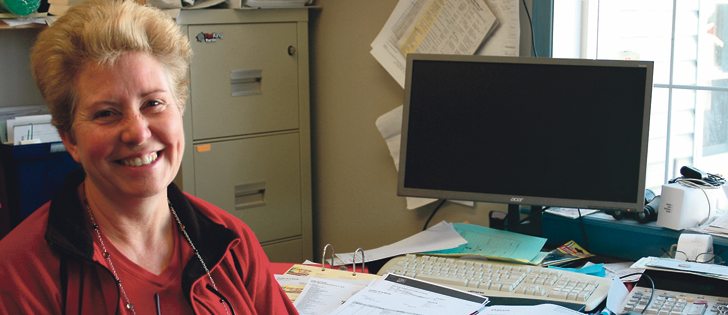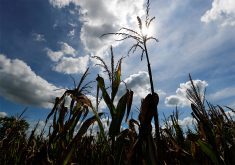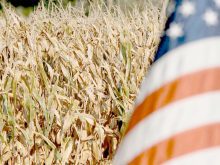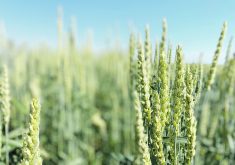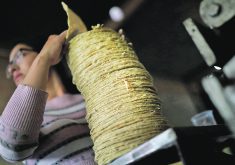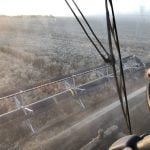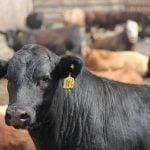FAIRVIEW, Alta. — The Peace Region Forage Seed Association has taken steps to educate people about genetically modified alfalfa.
It has hired Bill and Jane Farney to meet with producers and government and acquaint them with the risks the crop might present to market access for alfalfa seed.
Heather Kerschbaumer, president of Forage Seed Canada, who also operates Golden Acre Seeds near Fairview, Alta., said the Farneys will also focus their efforts on keeping GM alfalfa out of the Peace region in particular.
Kerschbaumer said the initiative is designed to protect the region’s markets for alfalfa seed and doesn’t represent objections to GM technology.
Read Also

Using artificial intelligence in agriculture starts with the right data
Good data is critical as the agriculture sector increasingly adopts new AI technology to drive efficiency, sustainability and trust across all levels of the value chain.
“If you have (GM) traits that you can control, bring them on,” she said.
“I have no problem with people growing (GM) canola across the road from me, but I wouldn’t want them to grow Roundup Ready alfalfa across the road from me because I know for sure it’s going to contaminate what’s in the ditches. If I ever grow alfalfa in my field, even if I don’t’ have it this year, I will eventually become contaminated, without a doubt.”
Bill Farney said he and Jane are still developing their approach, but they have already spoken with producers and seed companies about the issue. He echoed Kerschbaumer’s position on the technology and its potential threat to existing markets.
He said 18 percent of the forage seed in Western Canada is produced in the Peace region, according to Statistics Canada data, and the Alberta forage seed industry as a whole is worth $140 million.
The presence of GMOs could ban seed from Europe, Japan and other countries that don’t accept GM commodities and products.
Kerschbaumer said more education is needed because many people equate Roundup Ready alfalfa with GM canola, which has been widely accepted by farmers across the Prairies.
“Alfalfa is a perennial. That’s a big difference,” she said.
“Alfalfa is wild in every ditch, every bush line, every fence line. Alfalfa is pollinated by bees that fly miles. And canola, you never see volunteer canola in ditches the next year because it dies. It doesn’t transfer from field to field.”
The forested buffer zone between the Peace region and the rest of Alberta’s cultivated regions could make it an ideal place to remain free of GM alfalfa even if it becomes common in the rest of the province, Kerschbaumer added.
As it stands, a co-existence plan has been developed for Roundup Ready alfalfa in Western Canada, although some growers have questioned its effectiveness if implemented.
The company with rights to the technology, Forage Genetics International, has said it has no plans to introduce Roundup Ready alfalfa or its stacked trait low lignin alfalfa in Western Canada.


